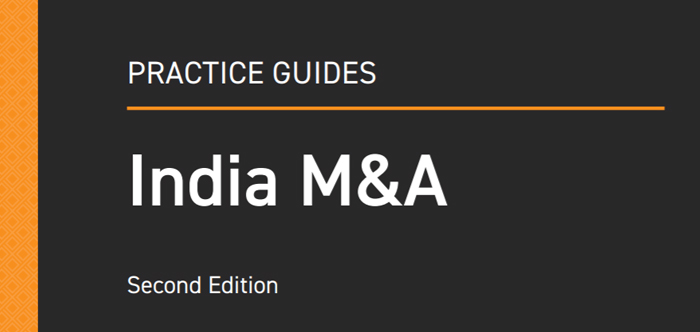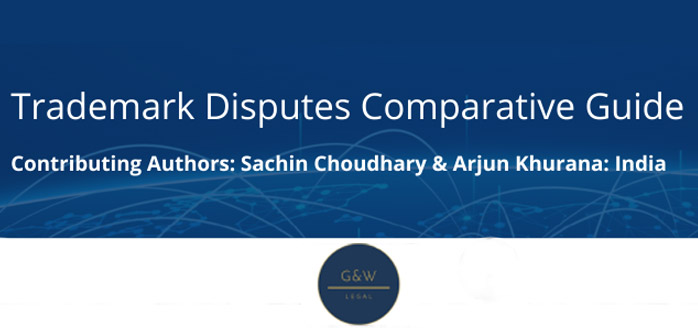
Key Labour and Employment Issues in M&A Transactions
Mergers and acquisitions (M&A) are tools used for growth of business and optimisation of resources. M&A transactions have an impact on employees of target entities, and success of these transactions depends on establishing a fair balance between employees’ security and business interests.
‘Merger’ is not defined in the Companies Act 2013 or the Income-tax Act 1961.Generally, a merger means the combination of two or more entities and their businesses into a single entity. In a merger, only the resultant entity continues to exist, and all other entities are dissolved.
An acquisition involves either:
• purchase of controlling shares of one entity by another person or entity (share purchase acquisition); or
• purchase of a business in the form of assets and liabilities along with employees on a going-concern basis (commonly referred to as a ‘slump; sale acquisition’).
In some cases, buyers purchase certain identified assets and hire only selected employees of the target entity, but not the entire business on a going-concern basis. Such transactions are generally categorised as pure asset purchase transactions (asset purchase acquisition).
M&A and employment arrangements
Mergers
Mergers of companies are carried out under the supervision of the National Company Law Tribunal (NCLT), which is a quasi-judicial body. The scheme of merger of entities, which is placed before the NCLT for approval, contains, among other things, provisions about the rights and benefits that will be provided to the employees of merging entities by the resulting entity.
Share purchase acquisition
In a share purchase acquisition, a buyer purchases the shares of the target entity, and the employees remain with the target company.
Slump sale acquisition
A slump sale acquisition involves transfer of entire business as a going concern without cherry-picking certain identified assets, liabilities, or employees.















